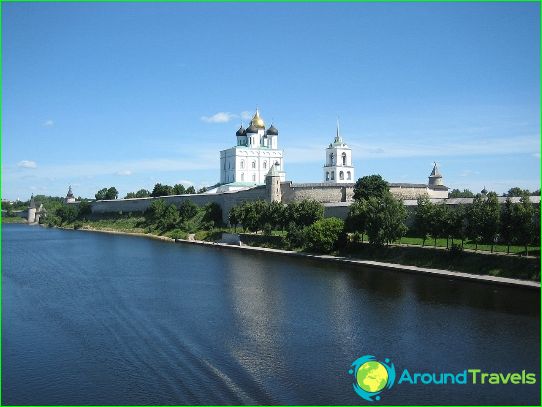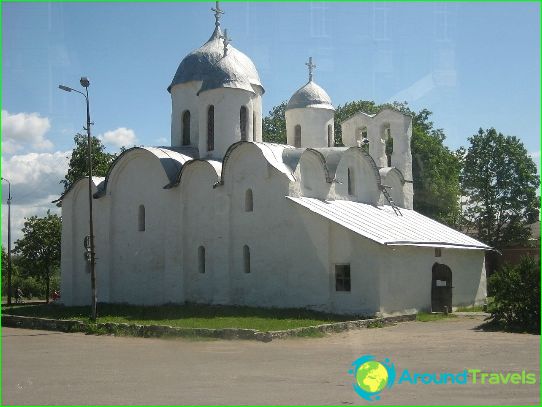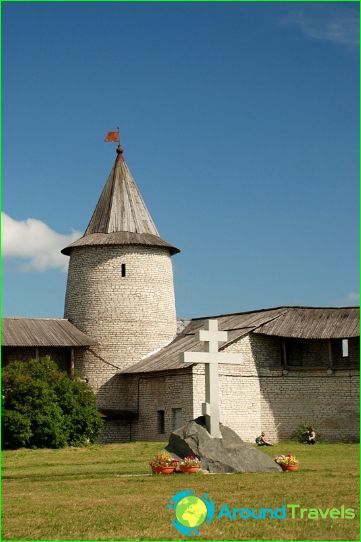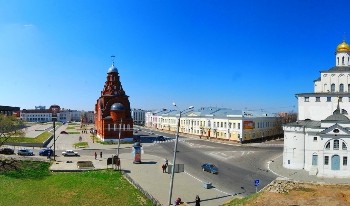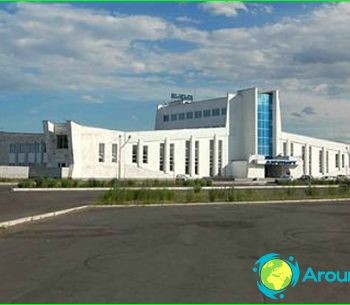History of Pskov
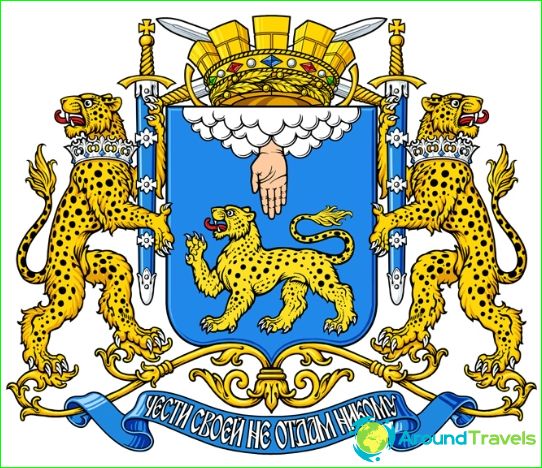
Pskov is located on the western border of Russia and for many years was a fortress that defended the western borders of Russia.
The city arose on the site of a tribal settlement in the VI century AD. First, a high rocky promontory was populated at the confluence of the Velikaya and Pskova rivers. Already in the middle of the 10th century, under Sudislav, the son of Prince Vladimir, there was a village with an area of three hectares, which eventually became known as Krom. There were warehouses with food in case of a siege..
Constant threats from the west forced the Pskovites to build defensive structures. From the 11th to the 18th centuries, Pskov withstood 30 sieges, and only one of them - in 1240 - ended with the capture of the city by German knights-crusaders. Prince Alexander Nevsky stopped their advance deep into Russia in 1242, defeating them.
The Pskovites continued to build new walls, and in the 13th century, under Prince Dovmont, the fortress walls formed a ring around the city. In the 14th century, the walls began to be built of stone. In addition, a bell tower was built with a veche bell, which called people to meetings and gatherings. In 1348 Pskov acquired the status of an independent republic. In the XIV-XV centuries, the Pskov Republic was ruled by a veche. The participation of the Pskov army in the Battle of Kulikovo in 1380 brought it closer to the Moscow principality.
Pskov was a system of powerful stone fortifications. At this time, Pskov became a major handicraft center. It became one of the most important centers of ancient Russian culture, chronicle writing with an original school of icon painting and stone painted architecture. Since 1510, Pskov has been part of the Russian state. In 1581-82, he withstood a six-month siege by the troops of Stephen Batory, and in 1615 was attacked by Swedish troops.
Since the beginning of the Northern War of 1700-1721. the defense importance of Pskov increased. Peter I supervised the fortification works in Pskov and from here began his campaign to the Baltic States. Since the beginning of the 18th century, Pskov has gradually lost its leading role in foreign trade. Since 1777 it became the center of the Pskov governorship, later - the province.
At the end of the 19th century, there were more than ten churches, three monasteries, 35 educational institutions and several factories in Pskov. Linen was the main trade item..
In 1917, in Pskov, the last emperor of Russia, Nicholas II, abdicated.
